Repairs & Maintenance
Vac-U-Tug Vac-U-Cam Vac-U-Duck
Click on a highlighted subject to see the article. All photos will enlarge.
What To Do When Your Boat Sinks
AFTER YOUR BOAT SINKS (ALL IS NOT LOST!):
| Have you heard that if an ESC or
Radio Receiver ever gets wet it is destroyed? That may not be the case. It
is true that if a boat sinks and is not recovered for hours or days, the
current in the battery will cause corrosion of circuit boards and
component leads as current jumps gaps aided by minerals in the water. How
much current is left in the battery and how long it stays under water will
determine how much damage will occur. If you retrieve the boat immediately
and remove the battery, it can likely be fully restored at no cost to you.
If you assume that all is destroyed, then you can do no harm in trying.
First, read these facts: Use good judgment. Test cleaned components safely. Only a trained technician and an oscilloscope can verify if components are back to factory specs after cleaning. If you are in doubt, then throw the parts away and buy new ones. While I would use a cleaned ESC on a scale boat, I may not on a nitro powered racer until it could be tested. Where safety is an issue, use your own best judgment! Pure (distilled and de-ionized) water does not conduct electricity. Tap water, lake water, and certainly salt water contain salts and minerals. These minerals present in almost all natural water makes it conduct current. Electronic Speed Controls use tiny amounts of current to control large amounts of current using MOSFETS, TEMPFETS, or other types of transistors. If a little current gets conducted to the wrong place, it will cause the ESC to malfunction. Often a wet ESC will run a motor continuously for this reason. As a drop of water dries, the minerals and salts become more concentrated. The water spots you see on the surface of a window after the water has dried are rings of minerals left behind. Acid rain does damage to a car's paint only as it dries causing the acidity to become hundreds of times more concentrated that it was when it fell. As the current flows between two separated conductors under water, the surfaces of the conductors give off or gain material. This eats into the metals and is similar to the galvanic corrosion that occurs to metals on sail boats in salt water (highly conductive) or to your copper plumbing that makes blue stains in your tub. A drop of water between two conductors on a circuit board will conduct electricity and corrode the surfaces. The eroded metal enters the water causing it to conduct better. As the drop dries, it can leave a conductive trail (like the water spots on a window) that will cause voltage to leak from one point to the other. This can cause a dry ESC that has been wet to malfunction. It may still be repairable, however it is best to start the cleaning process before it has a chance to dry. |
|
| Pictures and text will follow soon! | |
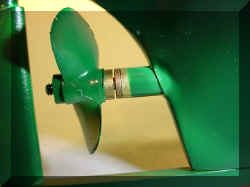
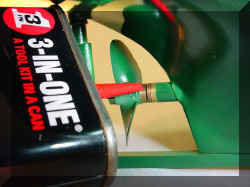
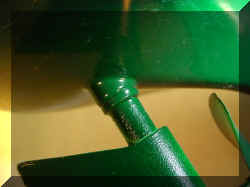
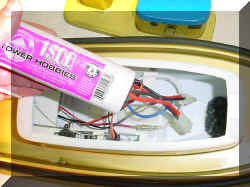
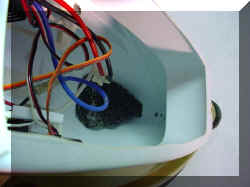
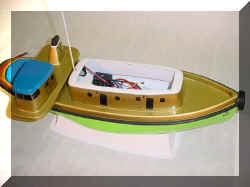
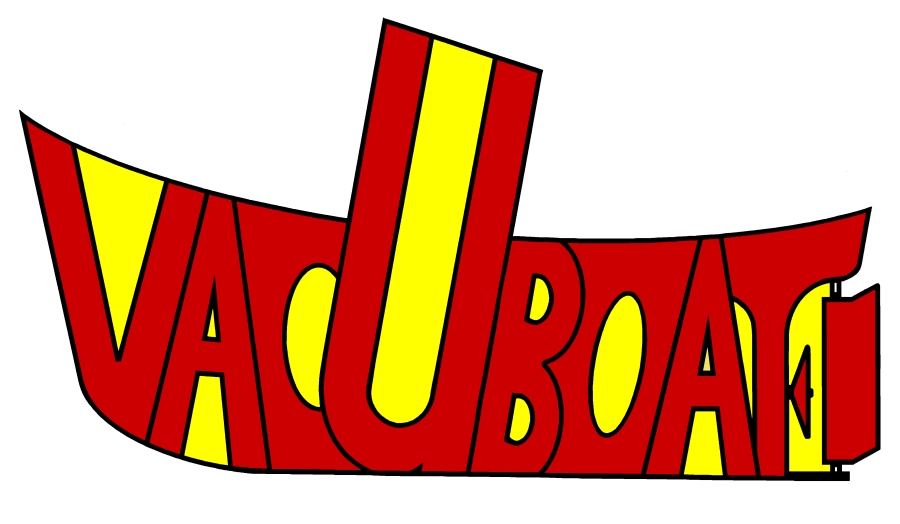 TM
TM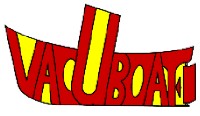 TM
TM